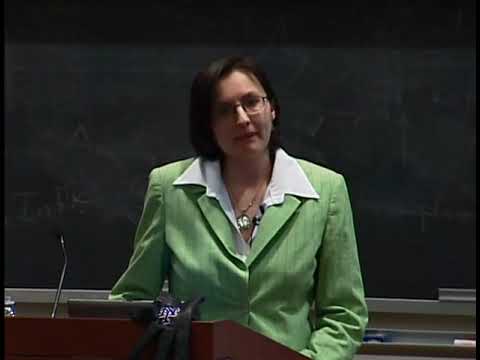Description:
Save Big on Coursera Plus. 7,000+ courses at $160 off. Limited Time Only!
Grab it
Explore a comprehensive lecture on constraint-based grammars and their learning from representative data, presented by Smaranda Muresan at the Center for Language & Speech Processing (CLSP), Johns Hopkins University in 2008. Delve into the integration of syntax, semantics, and learning in natural language processing systems, focusing on a new grammar formalism called Lexicalized Well-Founded Grammar (LWFG). Discover how this approach combines deep language understanding with scalability, utilizing compositional and ontology constraints to access meaning during parsing. Learn about the unique search space for grammar learning, represented as a complete grammar lattice, and its implications for solution uniqueness. Examine the practical applications of LWFG in populating terminological knowledge bases from medical texts. Gain insights into Muresan's research interests, including language learning and understanding, machine translation, and relational learning, as well as her vision for the next generation semantic web.
Read more

Learning Constraint-Based Grammars from Representative Data - 2008
Add to list